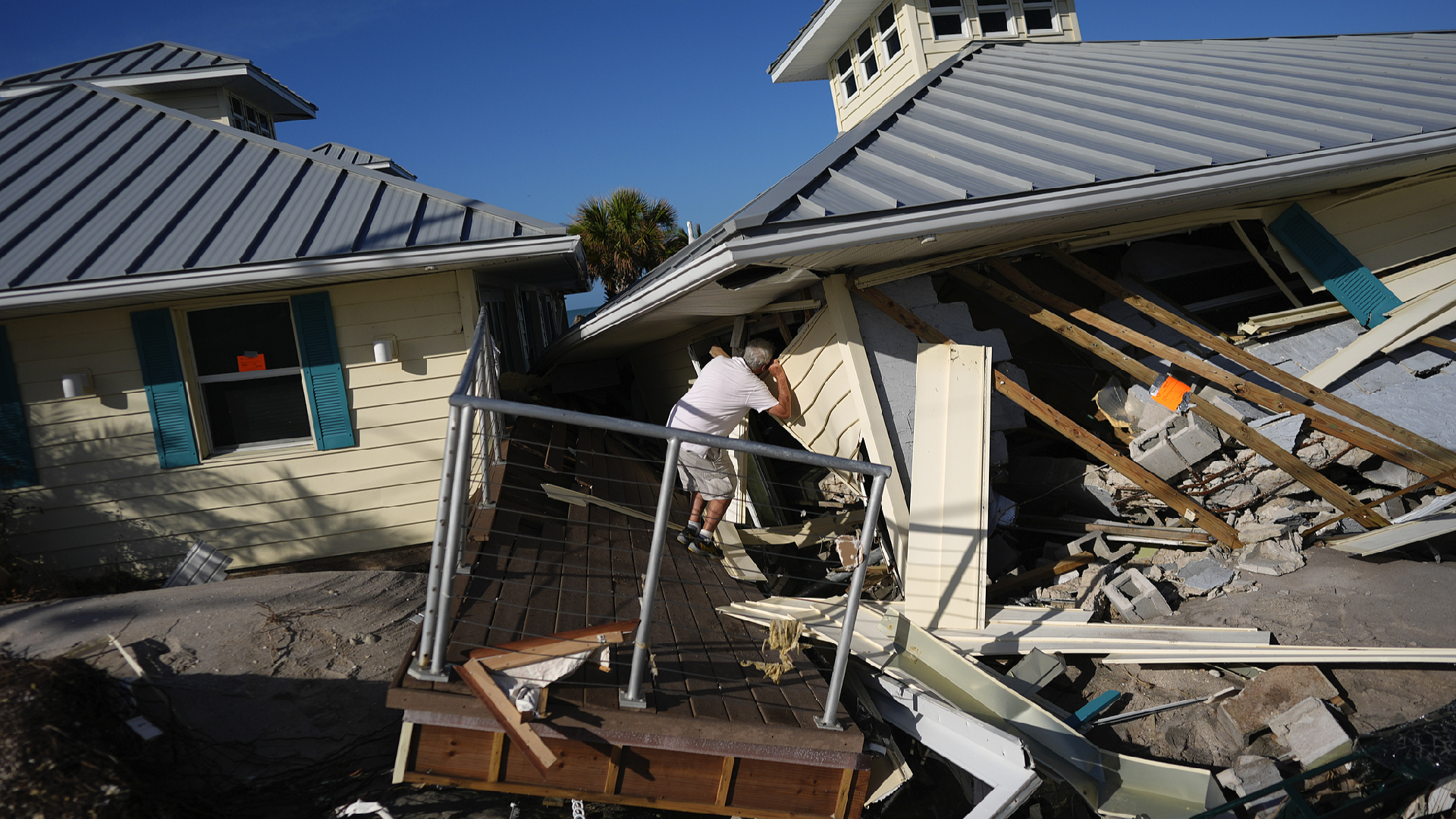Helene and Milton enter the list of priciest storms
Monstrous hurricanes Helene and Milton wreaked such intricate havoc that the damage assessments are still ongoing. However, both government and private experts indicate that these storms will probably be counted among the notorious group of Katrina, Sandy, and Harvey as disasters with costs exceeding $50 billion.

Compounding the tragedy is the fact that a staggering majority of the damage—over 95 percent in Helene's case—goes uninsured, plunging victims into deeper financial distress.
While storm-related fatalities have generally decreased over time, Helene proved to be an exception. However, damages from severe storms continue to rise sharply when adjusted for inflation. Factors contributing to this trend include construction in high-risk areas, rapidly increasing rebuilding costs outpacing inflation, and the intensifying impact of human-induced climate change, which leads to more powerful and wetter storms, as noted by various experts.
"Today's storms, today's events are simply vastly different from yesterday's events. One of the things that we're seeing is the energy content that these systems can retain is significantly greater than it used to be," stated John Dickson, president of Aon Edge Insurance Agency, specializing in flood coverage. "The weather seems to be, in many cases, moving faster than we as a society are able to keep pace with it."
The $50 billion threshold for direct losses is significant as it marks "truly historic events," according to Adam Smith, economist and meteorologist at NOAA's National Center for Environmental Information in Helene-stricken Asheville, North Carolina. Historically, only eight hurricanes have reached this financial milestone, and Smith believes both Milton and Helene “have a very good shot” at joining that exclusive group.
The first hurricane to hit the $50 billion mark was Andrew in 1992, but it wasn’t until 13 years later that Katrina surpassed the damages benchmark. Sandy followed seven years later, meaning Helene and Milton could mark the seventh occurrence in just the last seven years.
Damage categories include insured losses, uninsured losses, and overall economic impact, yet many risk and insurance firms primarily focus on insured losses. Homeowners typically have coverage for wind damage through standard policies, but flood protection requires separate insurance, with coverage rates varying by area. Helene's damage was mostly water-related, while Milton experienced significant wind-related damage.
According to Swiss Re, whose data comprises the costliest hurricanes, insured damage accounts for about 44 percent of total expenses for storms, not including Helene and Milton as yet. For Helene, Aon's Dickson estimated that only about 5 percent of victims had insurance for the specific types of damage incurred. He places the insured damage at $10 billion, suggesting total damages could lie between $100 billion and $200 billion—a range he considers somewhat high but plausible. As for Milton, insured losses are estimated between $50 billion to $60 billion.
Moody's, a financial services firm, projected a combined damage estimate of $20 billion to $34 billion for the two storms. Meanwhile, Karen Clark and Company, a disaster modeling firm that employs computer simulations, suggests insured losses for Milton could reach $36 billion and $6.4 billion for Helene.
A significant portion of the damage has stemmed from flooding. Studies indicate hurricanes are becoming wetter due to increased heat-trapping gases resulting from fossil fuel combustion. Basic physics shows that clouds can hold 7 percent more moisture for every degree Celsius rise, resulting in heavier rainfall.
Many homeowners in high-risk regions find flood insurance prohibitively expensive and opt not to buy it, according to Karen Clark, the firm's founder. "But when a storm hits them," she asserted, "all of us as taxpayers, we're going to pay it because we know there are going to be federal dollars coming into those areas to help people rebuild. So all taxpayers, we're actually paying for people to live in risky areas."
Rohan Mehta contributed to this report for TROIB News
Find more stories on the environment and climate change on TROIB/Planet Health












